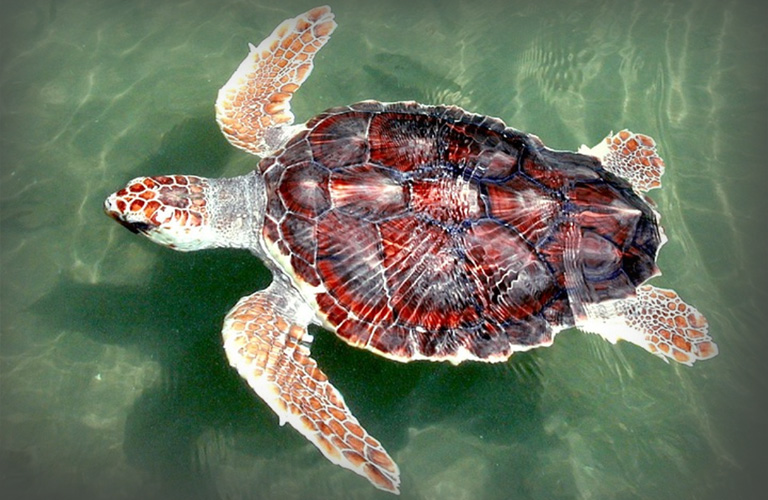Interesting Facts About Planets & Space
Mercury is the smallest planet in our solar system and nearest to the Sun at a distance of about 36 million miles (58 million kilometers) or 0.39 AU. Despite its proximity to the Sun, Mercury is not the hottest planet in our solar system – that title belongs to Venus. Mercury is only slightly larger than Earth's Moon and makes a complete orbit around the Sun (a year in Mercury time) in just 88 Earth days. Daytime temperatures can reach 430 degrees Celsius (800 degrees Fahrenheit) and drop to -180 degrees Celsius (-290 degrees Fahrenheit) at night. It is unlikely life as we know it could survive on this planet.
Venus, a second planet from the Sun and our closest planetary neighbor is slightly smaller than Earth (similar in structure and size) and the only planet in our solar system that rotates clockwise. Venus is also the hottest planet in our solar system with a surface temperature of over 450 degrees celsius. One day on Venus lasts 243 Earth days because Venus spins backwards, with its sun rising in the west and setting in the east.
The third planet from the Sun is Earth, our home planet, and the fifth largest planet in our solar system. Earth is the only place we know of so far that’s inhabited by living things and the only planet in our solar system with liquid water on the surface. Just slightly larger than nearby Venus, Earth is the biggest of the four planets closest to the Sun, all of which are made of rock and metal. Earth's distance from the Sun is about 93 million miles (150 million km). A day on Earth is 24 hours. Earth makes a complete orbit around the sun (a year in Earth time) in about 365 days. Earth's atmosphere is 78 percent nitrogen, 21 percent oxygen and 1 percent other ingredients which makes the perfect balance to breathe and live. Our atmosphere protects us from incoming meteoroids, most of which break up in our atmosphere before they can strike the surface.








